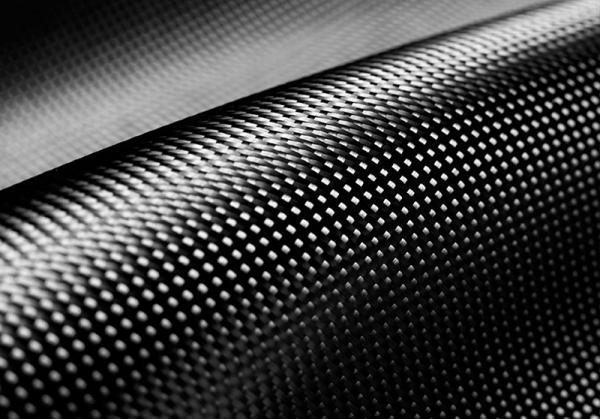Fibre-reinforced materials
Lightweight construction in industry
Lightweight construction in industry

Design engineers in machine construction still face the challenge of finding innovative lightweight construction solutions for customer-specific problems. One objective is always to increase the efficiency and performance of machines and plants.
This can be done using fibre-reinforced materials that result in energy conservation, cost reduction, and the improvement of machine properties. Fibre-reinforced materials combine low masses with high rigidity and damping, making them ideal for dynamically stressed machine components.
Murtfeldt offers customers individually manufactured components realized in CFRP or GRP – in the usual Murtfeldt quality: High quality, flexible, fast, for single pieces and/or small series.
Carbon-fibre-reinforced plastic has three main advantages: Due to the lower density of the material and its increased strength, the material has an enormous potential for use in lightweight construction, which is advantageous not only for car manufacturing and cycling applications. In addition, CFRP is durable thanks to its inertia and resistance to corrosion and chemicals. And last but not least, the design offers a high level of flexibility.
If design engineers use these specific properties to their advantage, they can tap into huge potentials for machine construction:
Specifically, we are talking here about an increase in quality and quantity in production as well as a reduction in the drive power for drive and conveying machines. This is possible thanks to the lower mass that the machines reach due to the installation of carbon materials. This results in:
In addition, carbon-fibre-reinforced plastics contribute to a higher machine rigidity. This enables higher (geometrical) machining precision and increases the resonant frequency of the machine components. In addition, the improved damping achieved by these plastics results in improved machining that can be clearly seen in the surface quality. Vibrations are reduced, too.


A carbon fibre is only around five micrometres thick. In contrast, a human hair - at almost 70 micrometres - seems like the Colossus of Rhodes!
Carbon material consists of a large number of carbon fibres. But the number of fibres changes nothing: Components made from carbon are half as heavy as aluminium and significantly harder than steel. Despite its lower weight, carbon-reinforced plastic (“CFRP”) is really strong, rigid, and durable. This material retains its stability even when exposed to high, frequent loads.
When the material is manufactured, the fibre direction is deliberately used to reinforce the material's properties. The individual fibre layers are laid in different directions to achieve the required strength and rigidity in all directions of the possible loads. This makes the carbon elastic and practically indestructible.


